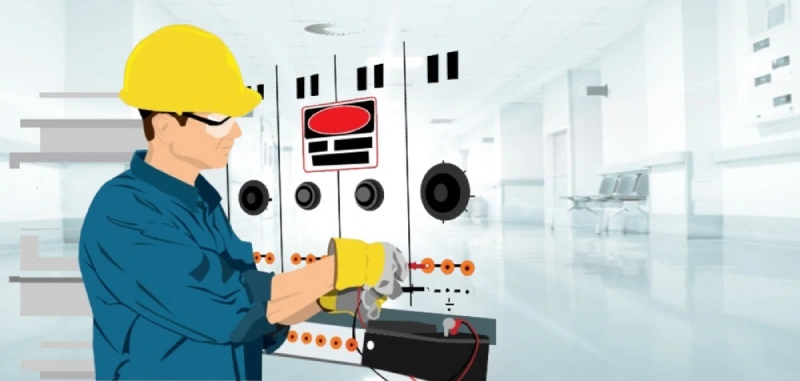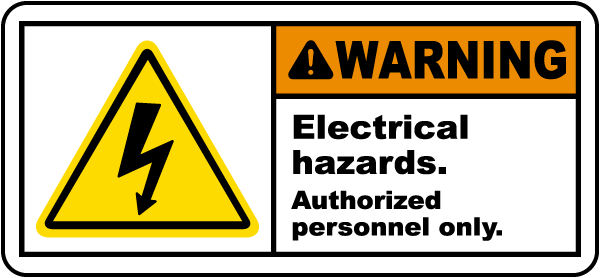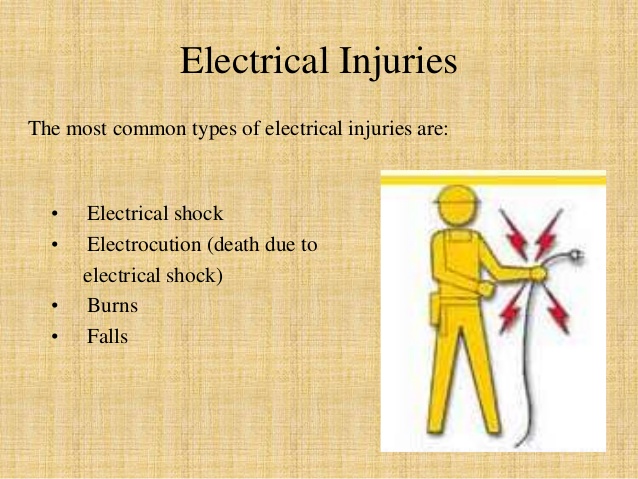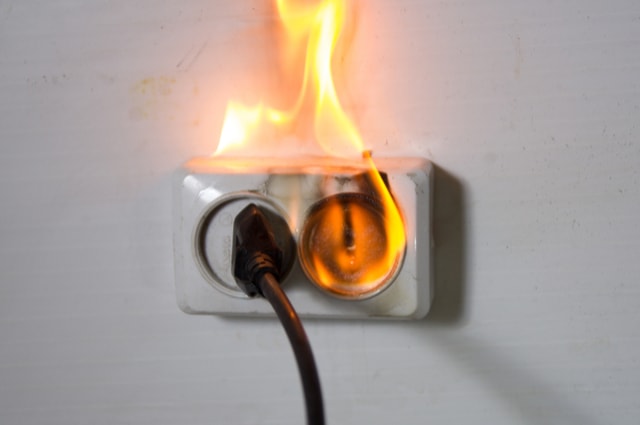Tech
What is Electrical Safety

Safety is the number one job for every individual, including employees and employers in the workplace. Security is particularly important for those who install and service electrical systems. It is quite disheartening if a loved one dies or suffers irreparable damage from electrical hazards. No matter the parameters put in place for safety, it is still the worker’s responsibility to prevent and protect themselves from electrical hazards. Electrical hazard has always been recognized, but many people suffer from loss and damage annually.
According to statistics, 95% of electricians have been shocked or injured during the job. Electrocution is one of the leading causes of occupational hazards. There is an obligation to protect people, especially electricians, from the danger of electricity. When there is a problem with the electrical system, it is subjected to thermal and magnetic force. These two forces can lead to damage to the system and the equipment. Most times, it is usually accompanied by explosions, fire outbreaks, and other hazards. Some of these hazards may lead to people’s death around the area or even personnel working with the system. Also, it can shut down a plant.
With all these life-threatening hazards involves in the electric system, there is a need to educate people and personnel on safety to prevent future threats. To better understand electrical safety, there is a need to understand electricity itself. Electricity is defined as the free movement of electrons in an electrical circuit, and the electrical current is measured in amperes.
What is an electrical hazard?

An electrical hazard is a situation where a worker or individual comes in contact with an energized electric equipment or conductor. This may lead to the sustenance of injury or possible death, which may result from shock, arc flash, and thermal burn.
Types of electrical hazards
The different types of hazards that may result from an electrical accident
- Electrocution: can be tragic as it leads to the death of an individual
- Electric burns: this can be very severe, depending on the level of exposure. It usually affects the hands and feet, the entry points of the current into the body.
- Shock: this occurs when an individual comes in contact with a live wire or equipment that is not grounded.
- Secondary injuries: it means indirect injuries sustained from electrical accidents. For instance, it was being thrown off the ladder.
- Spark ignition source

Causes of Electrical Hazard
There are different causes of electric hazards, but the three major ones are listed below
- Unsafe equipment or improper installation
- Dangerous work practice, for example, not wearing a glove
- Unsafe environment
Electrical Faults
The electrical power system is a complex and integrated system that involves the generation, distribution, and transmission of electrical current. These are processes that are bound to develop faults due to some factors. An electrical fault can be defined as an abnormal condition that may result from equipment failure, environmental conditions, and human errors. In other words, it can be defined as an abnormal condition of the electrical system, which damages the electrical equipment and interrupts the normal flow of electric currents. This fault leads to a reduction in insulation strength between phase conductors and earth.

Classification of Electrical Faults
Knowing the type of electrical faults gives the idea of what you are dealing with if you encounter any of them. Fault detection and analysis provide a picture of the possible solution to any of these faults and how they can lead to an electrical hazard. Flaws lead to the deviation of voltages and current from the standard states. Electrical faults can be categorized into two:
- Open Circuit fault
- Close circuit fault
Open circuit Fault: available fault usually results from the failure of one or two conductors. It is also known as the series fault because it takes place in series with the line. The open-circuit fault is further divided into three:
- One conductor open fault
- Two conductors open fault
- Three conductors open fault
Short Circuit fault: this is the most common and dangerous type of electrical fault, also known as shunt fault. This occurs when short-circuit current flows through the circuit and leads to damage to the insulation between phases. Short circuit fault can further be categorized into two
- Symmetrical fault
- Unsymmetrical fault
Symmetrical fault: this type of defect is not shared, and when it occurs, it results in severe damage to the electrical system equipment. Symmetrical faults occur mostly at terminal generators. It may arise due to resistances of the arc between the conductors; it is also a fault that involves all three phases. The symmetrical fault is further classified into two:
Three-phase to ground Fault: this type of fault occurs due to the breakdown of insulation between all three steps. It rarely happens, but when it does can be severe.
Three-phase short-circuited: it occurs due to the breakdown of insulation between all the three phases. The occurrence rate is about 2-3% in a power system. It is the most severe fault that involves large currents.
Unsymmetrical fault: this type of fault is prevalent, and they are less severe than a symmetrical fault. It occurs due to the current difference in magnitude and phases; an unbalancing of the system. They are majorly classified into three:
The line ground Fault: this is the most frequent fault in the electrical power system. it occurs due to insulation breakdown between the line and the earth
Line-to-Line fault: it occurs due to heavy wind; it occurs when two conductors are short-circuited. The heavy wind may cause the two conductors to touch each other, leading to a short circuit.
Double Line-to-Line Ground Fault: it occurs when there is a breakdown of insulation between two phases and simultaneously an analysis of insulation between the third.
How to Prevent Electrical Hazards
This is general practice and precautions to prevent electrical hazards
- Practice safe working ethics when dealing with electrical equipment
- Exposed electrical conductors should be placed behind a shield
- Always avoid water or chemical spills on electrical equipment.
- Limit the use of extension cords
- Always inspect the wiring of equipment and, if damaged, replace it before use.
-

 Sports4 weeks ago
Sports4 weeks agoFIFA Club World Cup 2025: Complete List of Qualified Teams and Groups
-

 Sports3 weeks ago
Sports3 weeks agoAl Ahly vs Inter Miami, 2025 FIFA Club World Cup – Preview, Prediction, Predicted Lineups and How to Watch
-
Health2 weeks ago
Back to Roots: Ayurveda Offers Natural Cure for Common Hair Woes
-

 Tech2 weeks ago
Tech2 weeks agoFrom Soil to Silicon: The Rise of Agriculture AI and Drone Innovations in 2025
-

 Sports4 weeks ago
Sports4 weeks agoFIVB Men’s Volleyball Nations League 2025: Full Schedule, Fixtures, Format, Teams, Pools and How to Watch
-

 Startup3 weeks ago
Startup3 weeks agoHow Instagram Is Driving Global Social Media Marketing Trends
-

 Sports3 weeks ago
Sports3 weeks agoWorld Judo Championships 2025: Full Schedule, Date, Time, Key Athletes and How to Watch
-

 Sports2 weeks ago
Sports2 weeks agoFIBA 3×3 World Cup 2025: Full Schedule, Preview, and How to Watch













